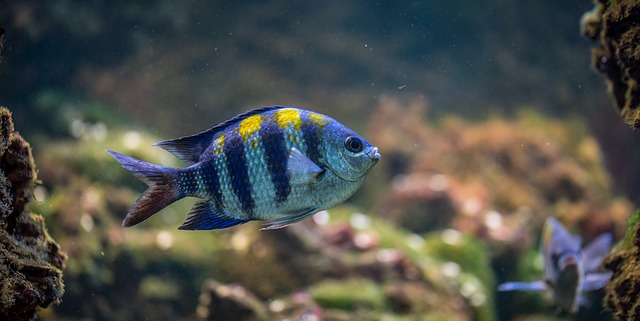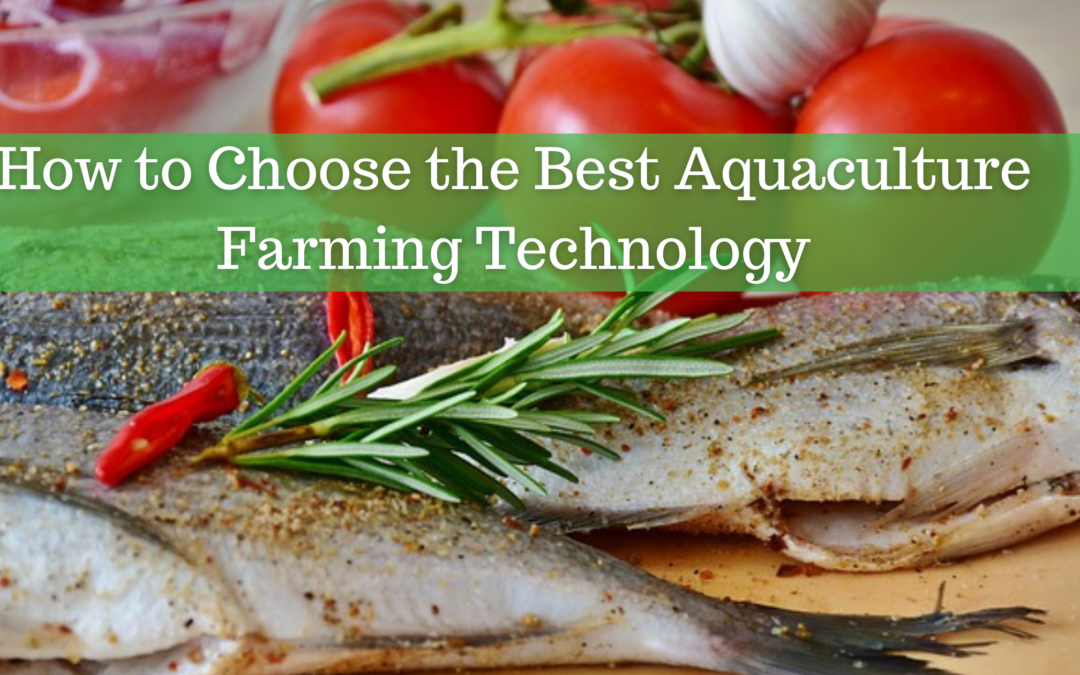When it comes to commercial farming of aquaculture, the bottom line is the operation costs, sustainability, and profitability. Some of the key things that influence aquaculture farming are numerous and should be taken into consideration when getting started with fish farming. Some of them include; location, climate, availability of water, land, and power. Availability of labor and cost, fertilizer, feed and probiotics availability, awareness to national planning regulations and the environmental controls, alongside proximity to the existing markets.
There are a number of factors that have had a great impact on the development of shrimp aquaculture. Having insight into them can enhance your choice on the way to go. The variables that are involved in practical aquaculture farming include the product’s market value, the available capital for investment, the quantity produced, level of skills and the technology to be used. The systems and technology used in aquaculture have rapidly evolved through the years and they tend to vary from those used in simple facilities such as ponds to high technology systems.

Variety of Technologies
Much of the technology used in aquaculture farming are relatively simple and are normally based on small modifications that are geared towards improving the survival and growth rates of the target species. This might entail improving on feeds, oxygen levels, and protection from any forms of predators. Simple aquaculture systems that are mainly used for raising herbivores and also filtering fish feed tend to account for almost half of the global aquaculture production.
The selection of the best aquaculture farming technology to adopt should be determined by a range of factors such as;
- Development of goals and objectives and the target beneficiaries
- Marketability and acceptability of culture species
- Level and availability of technology
- Availability of production inputs, alongside support facilities and services
- Capital requirement for investment
- Environmental conditions
In order to effectively incorporate new aquaculture technology into the existing fish farming operations, farmers should consider working with aquaculture experts with a better understanding of the latest technologies. From customizing aquatic feeds formulation, aquaponics, disease diagnosis alongside other activities such as integrating multi-trophic aquatic systems, and offshore aquaculture; all these are quality reasons why you should team up with an aquaculture expert.
Technology for Improving Water Quality
Water quality management is the key factor that aquaculture farmers contend with especially during the cultivation cycle. The quality of water that’s used for farming has the potential of influencing other key elements that contribute to the process of growth such as dissolved oxygen, temperature alkalinity, salinity, ammonia nitrate concentrations, and bacteria. If farmers are to be successful then emphasis should be given to monitoring all these parameters on a daily basis and ensuring that the existing fluctuations are within the tolerable range.
Making use of technology that helps with improving water quality is vital and should be given focus when engaging in aquaculture farming. Get more information on aquaculture farming and how you can leverage the use of technology for increased production and profitability.
Visit our EAT Community for more details.



